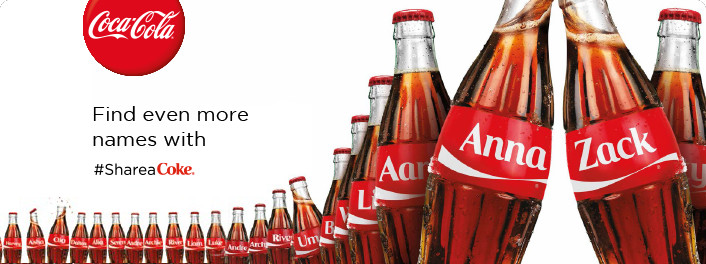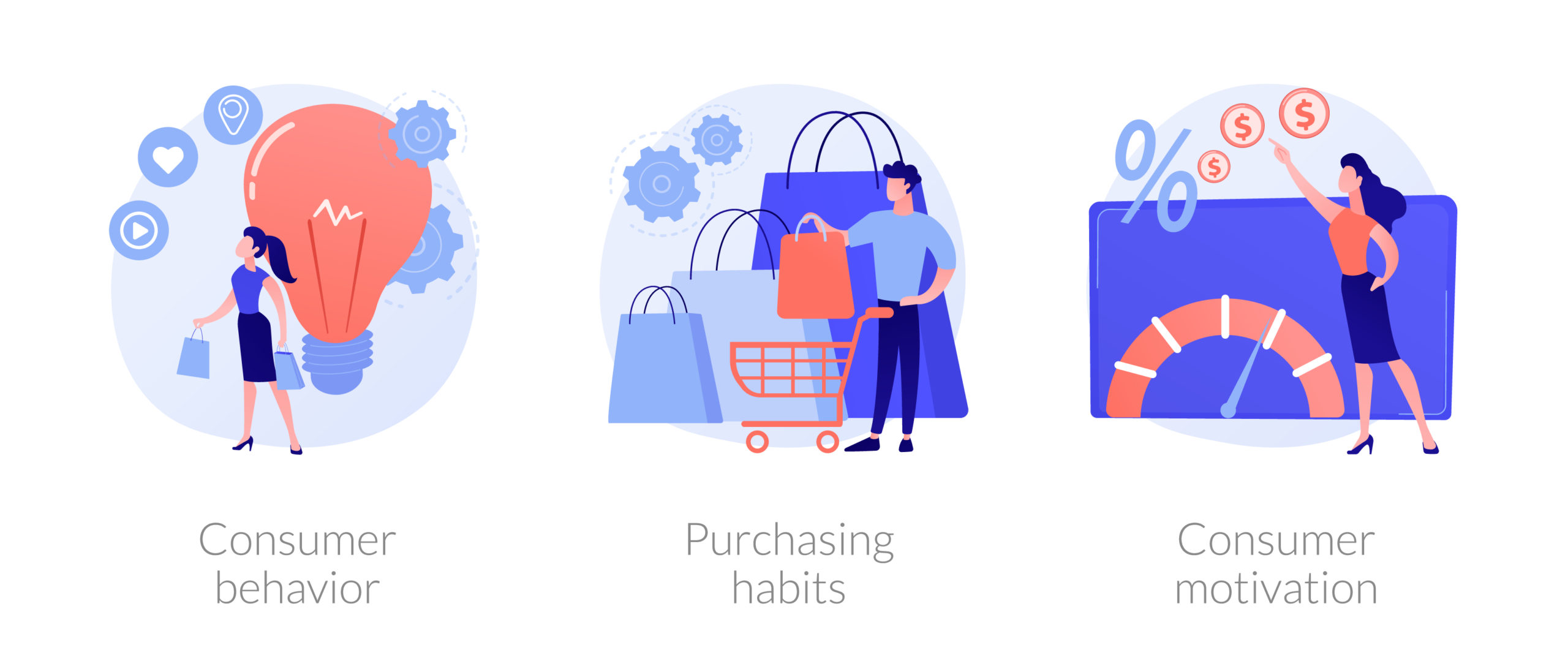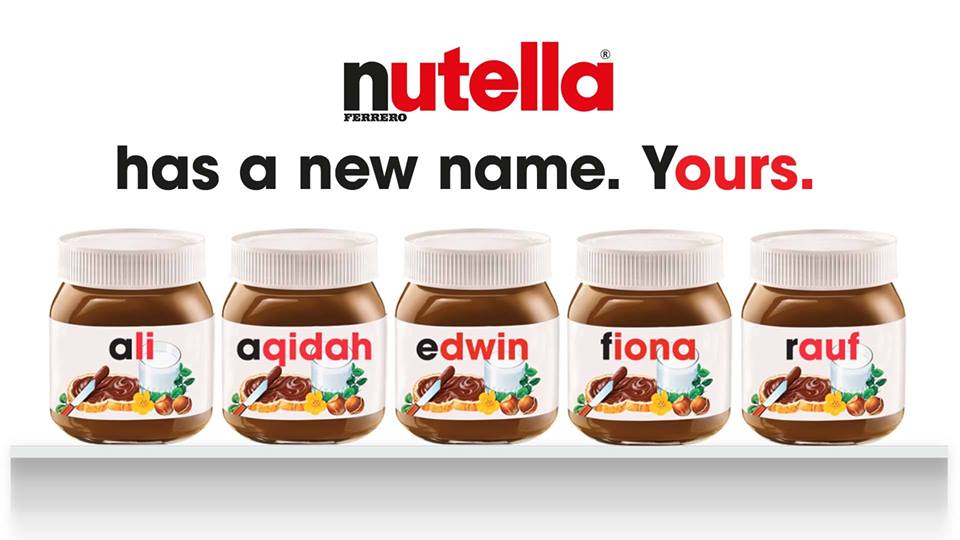
How to Do One to One Marketing and Why You Should Be Doing It
Last update: 12 January 2024 at 02:06 pm
Marketing is a broad topic of interest used in all businesses and companies, big and small. Strategies differ, and depending on how far you’re willing to go in creating awareness about your brand, the more your business is invested in this field, the better the chances of your brand being elevated.
By exploring different marketing strategy ideas, your business can work towards product awareness and build brand credibility that your existing customers can become loyal to and for new customers to invest in.
All marketing efforts should provide value to your target audience, whether it’s in the form of entertainment, information, or inspiration.
How you choose to reach out to your potential and existing customers depends on your niche and field of choice. In the beginning stages of your business, you can pursue a more general marketing approach, like creating ads to publish online or exploring ideas like word of mouth to get sales.
But as time goes on, you want to begin developing more personalized customer relationships. In this article, we will be exploring one-to-one marketing. As we move along, you’ll start to see why this marketing strategy should be worth considering when you’re finally at a point of wanting to invest and build quality relationships.
What Is the Meaning of One to One Marketing?
When your business starts, all marketing strategies are based primarily on building a customer base. So you’ll find that your business will be investing a lot of time, effort, and money in ideas like email marketing, content marketing, referral marketing, social media marketing, promotions, and the likes.
All these are done to drive sales in volume so your quantities spike, which in turn, will bring in more revenue.

But as time goes on, you want to begin to invest in your customer data to build quality relationships so your existing customers can become your most valuable customers. This is where one-to-one marketing comes in.
One-to-one marketing strategies are personalized marketing campaigns that work on increasing customer interactions.
Here, your marketing program suddenly takes a shift from simple data collection to investing in personalized promotions so your existing customers can keep coming back for more.
What Is an Example of One to One Marketing?
Let’s say your business supplies boxes in large quantities. After a while, you realize that your business tends to cater mainly to companies and businesses looking to package their goods to send off to their own clients.
You see this as an opportunity to offer personalized branding to these customers by asking if they would like their company logos printed on the boxes, so they don’t have to encounter any further admin of having to find ways to personalize the boxes for packaging.

Your Takeaway
By taking an interest in your customer’s needs and proposing a service that can make the experience more convenient for them on a one-to-one basis. It’s a CRM approach that allows your business to use a mixture of strategies, technologies, and practices to analyze and manage all your customer interactions and customer data from the moment the customer invested in your brand.
Here, the goal is to improve the service your customers are receiving, which will help you boost sales.
How to Go About Implementing One to One Marketing in Your Business
Step One: Identify Your Customer
To identify your customers, you need to have established and built customer data that you can use to contact and locate your customers.
In every attempt you make to collect information about your customer, you need to ensure that it remains valuable data that your business can use to provide insightful information from as much detail as possible. This means going beyond just collecting your name and surname.
You can go as far as providing information about their habits and individual customer preferences that can provide enough information for your business to conclude insightful details with.
To test if the information you have is valuable enough, you can simply ask yourself, “With the information we have, can we recognize this specific customer at every contact point, within each medium used, and at each location within a specific division of the business?”
Remember that you can solicit help from a qualified data consulting agency to help you gather all the necessary information of your clientele.
Step Two: Differentiate Your Customers from Customer Data
When you look at a customer, you have to differentiate them in two ways- How they add value to your business and how they have different customer needs. Once you’re able to identify how individual customers are grouped according to these two points, you can then move on to tailor customer behavior individually.
Step Three: Interact With Your Customers to Build Customer Relationships.
Because marketing strategies require a level of investment from all business angles, you have to ensure that all your operations within the strategy are effective and efficient on your budget.
Going about the task of interacting with your customers will mean that your business would need to be attentive about how operations are going to benefit the company as a whole.
You have to find creative ways to get the most out of a strategy on the most affordable budget. Still, some costly investments may be worth the effort when considering ideas like turning to virtual e-commerce channels to improve personalized interactions.
So, for instance, you may consider creating a detailed and resourceful website with all the information a potential or existing client may need rather than opting to have a call center for people to call when in need of information or assistance.
Making the Most of Customer Data
Choosing what options to explore on how to go about interacting with your customers depends on what your customer data tells you. For example, small business VoIP solutions can enable cost-effective and efficient communication with your clients, allowing for personalized interactions and support. Remember that each field and niche has a way of operating in itself, so it’s always recommended that you make an informed decision.

Each time your business goes out of its way to interact with your customer, it has to ensure that the process translates messages that are timely and relevant. In other words, each time the customer journey has concluded in your interaction with them, the goal has to be to reach ultimate customer satisfaction.
Your one-to-one marketing experience has to make the moment memorable, making each personalized marketing technique feel like an added personal touch to the experience as a whole. It shouldn’t matter whether this was done on a website or with a sales consultant from the call center.
Each touch to the journey has to feel like an added addition to the previous experience, not to make the entire initiative feel like the same experience.
Step Four: Your Unique Selling Point as a Marketing Strategy
If we go back to the box example mentioned earlier, it’s easy to believe that all your customers need the same product or service from you since, essentially, they are all ordering boxes. But this remains untrue when we assess customer needs.
The point of hosting a personalized experience is to highlight that each customer has that one unique need that you believe your business can offer to make their experience better and more meaningful. Your choosing to offer individual logo printings on the box means that you’re offering a unique solution to your client by offering to customize products for them.
Just that extra task of going beyond costs incurred from a standard product already shifts the strategy to a one-to-one approach. Yes, this will require a less flexible and responsive approach to your service as a whole. Still, this very detail is the very essence of what makes one-to-one marketing a unique and personalized customer experience. You cannot overlook that.

What Are the Benefits of One-to-One Marketing?
There’s a lot that you can gain from one-to-one marketing. This includes:
- Allowing the experience to build a learning relationship to learn your customers more
- Increasing customer satisfaction rates, which will, in turn, increase repeat sales and revenue
- Delivering tailored products based on individual preferences
- Allowing knowledge base data to help your brand advertisers to advertise in the right places, at the correct times
What Are the Four Types of Marketing?
There are four types of marketing that you can use to compliment your personalized customer relationship.
Cause Marketing
These links companies and their brands to social issues or causes.
Relationship Marketing
This focuses significantly on customer satisfaction to enhance any customer relationships to increase customer loyalty.
Scarcity Marketing
This makes customers believe that a product is in shortage to make them want to purchase the product out of fear that it may run out in the near future.
Undercover Marketing
This allows the business to market to potential customers and existing customers without them knowing that they are being marketed to.
What Can We Take from These?
When we look at the four types of marketing, we see that cause and relationship marketing are more towards offering more positive options that can serve others in the process. When you look at scarcity and undercover marketing, these are more on the unconventional side and tend to pose more controversial techniques to them.
In Conclusion
One-to-one marketing is a technique you can use for your business, whether big or small. It’s an ideal strategy to implement when you’ve collected enough customer data and can be of much value to your brand once you invest in expanding in more services to cater to personal preferences.





